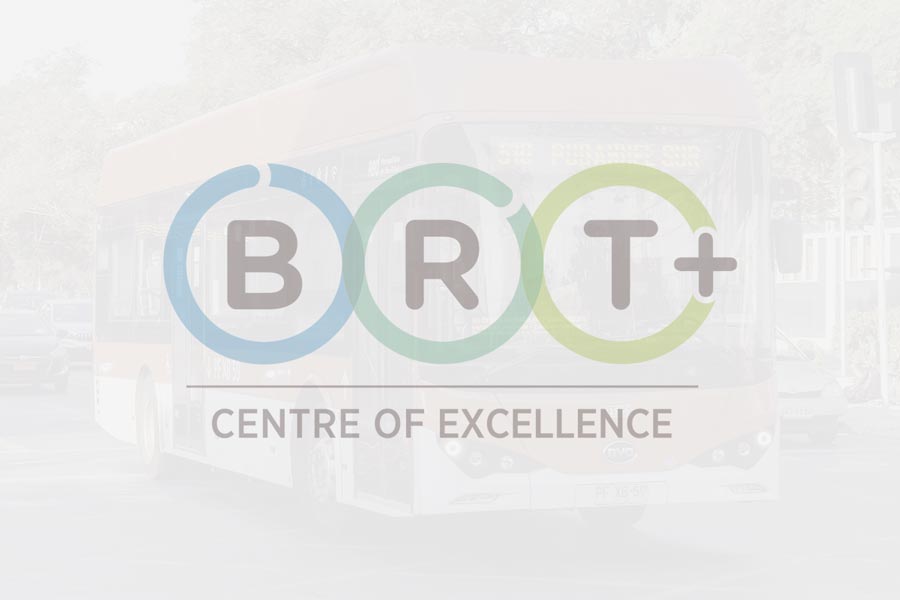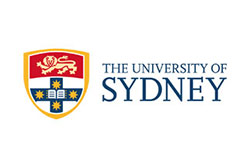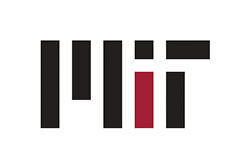Opinion Pieces: since 2007, Prof. David Hensher has written an opinion column in the Australasian Bus and Coach magazine, where he monthly discusses a lot of different transport-related hot topics. In this section we are revisiting these columns.
July 2009
I thought I had exhausted my plea to take Bus Rapid Transit (BRT) much more seriously in a country still driven by the emotion and ideology of rail solutions (which is some situations are eminently sensible, but not as an automated view that this is the only form of public transport for high capacity corridors). However a recent compliment on my submission to the Senate Inquiry in funding public transport has reignited the need to keep reminding all about the merits of BRT. A commentator with reputation emailed me and said “It’s the first time that someone has made me take it seriously.” The essential message from my Submission is summarized below.
The advantage of BRT systems, if properly designed, is that they can, for given finite resources, provide much better coverage of the network in delivering the necessary services. One of the great risks of more expensive heavy rail – and I would say, to some extent, light rail, although it has a lot of similarities to BRT – is that we must not focus on just trying to solve the central business district (CBD) problem, because the rest of the network, which is about 60 per cent of all trips in Sydney, is not going to have any money to be treated.
BRT, as we have seen in Brisbane and in many parts of the world, has the opportunity to provide the level of service that I think we need, given the capacity requirements of all the key corridors throughout the metropolitan area, not just in the CBD; to actually deliver much higher value for money. Generally speaking, although you could argue about the numbers, you can roughly get 100 kilometers of BRT for the price of a kilometer of rail, making assumptions about equivalent infrastructure like tunneling and so on. That is why I also would say that, if you want to know how to do it, Brisbane has done it extremely well, and yet in other States there is some reticence to even want to know what the Brisbane system is. It is almost heritage stuff these days. You travel around the world and there are five BRT systems and, if you are serious about looking at value for money pubic transport solutions, you would spend a few weeks in Brisbane. I have to also say that a lot of this is working because of the institutional environment, where you do not have many organizations planning the outcome.
From a Federal perspective, at the end of the day where will the money come from to fund significant public transport infrastructure? I would like to think that we would have a closer look at infrastructure bonds -I might even say expressly public transport infrastructure network and network bonds – (I was pleased to hear Lindsay Fox supporting this). I would also like to suggest that we have to rethink the whole issue of hypothecation, because we have underpriced this sector and we need to get it right, but we need to demonstrate what we are going to do with the revenue, so that those who use the system can see some return for the impost. I think one of the failings is that those who use the system at the moment, and who complain bitterly about the congestion and lack of time, are willing to pay but they want to see the benefit. It has to be made much more explicit, and I think the London congestion charging scheme with hypothecation is an excellent example of how you sell pricing to the community: you do not sell pricing, you sell revenue return.
Food for thought
¿Comments? ¿Opinions? ¿Similar News? Send them to us!













